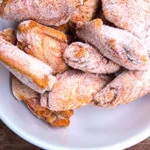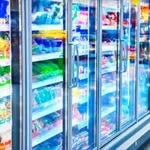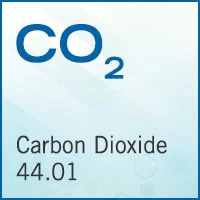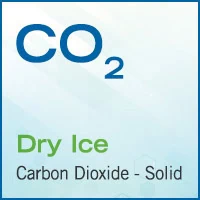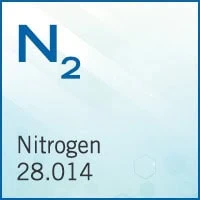Cyrogenic Food Freezing
Cryogenic freezing, a gas-based process that flash freezes product to temperatures of -20 degrees or less, helps retain the flavor, taste and product quality better than traditional freezing methods.
Bakery
From cooling raw ingredients to dough mixing and finished product cooling or freezing, we offer FDA compliant cryogenic gases to maintain product quality. Carbon dioxide or liquid nitrogen is injected into flour and other dry ingredients to control ingredient temperature. Having precise temperature control allows bakers to achieve repeatable and desired results.
Beef and Pork
Bacterial growth, off-flavors, spoilage and short shelf life can all result from heat generated during meat mixing and grinding. Using cryogenic carbon dioxide or liquid nitrogen keeps your product at the optimal temperature. Proper chilling during product blending of fats and spices can achieve uniform heat removal for better product quality and extended shelf life.
Poultry
Poultry, whether it’s tenders, nuggets, bone in or bone out, is among the most difficult products to handle. Cryogenic freezing and chilling systems help rapidly remove heat using liquid nitrogen, which quickly freezes your product retaining necessary moisture.
Prepared Foods
Cryogenically frozen prepared foods, whether an entrée, appetizer, snack or dessert, retain the flavor and taste of the product which otherwise can deteriorate with traditional freezing methods.
Produce
From apricots to zucchini, these fragile products are chilled or frozen to lock in freshness and handle more easily.
Seafood
Protect fish and shellfish by cryogenically removing heat quickly to maintain product integrity, moisture and natural attributes.
Dairy and Ice Cream
Maintaining shape and rapid hardening is vital for dairy and ice cream processing. Cryogenic freezing using liquid nitrogen or CO2 can achieve desired quality. Dry ice can be used to keep your product frozen or chilled during transport.
Freeze Drying
Lyophilization or freeze drying is a process in which water is removed from a product after it is frozen. It uses liquid nitrogen for freezing and then product is placed under a vacuum, allowing the ice to sublimate directly from solid to vapor. Freeze drying is used in food and pharmaceuticals for storage and easy transport.
Call CryoCarb™ at (888) 254-5931 for your cryogenic freezing applications.
Related Industries/Applications
FaB Wisconsin
We are a proud member of FaB Wisconsin, the state’s vibrant food and beverage industry cluster organization. FaB has over 200 members with a focus on food, beverage, ingredient, equipment and packaging makers.

